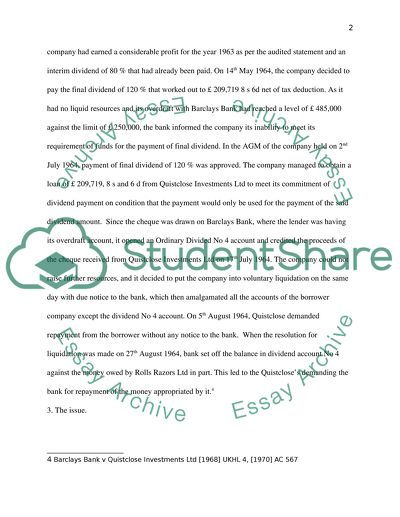Cite this document
(“Equity and trust, Case Study. Case-Barclays Bank v Quistclose (1970) Essay”, n.d.)
Equity and trust, Case Study. Case-Barclays Bank v Quistclose (1970) Essay. Retrieved from https://studentshare.org/law/1466159-equity-and-trust-case-study-case-barclays-bank-v
Equity and trust, Case Study. Case-Barclays Bank v Quistclose (1970) Essay. Retrieved from https://studentshare.org/law/1466159-equity-and-trust-case-study-case-barclays-bank-v
(Equity and Trust, Case Study. Case-Barclays Bank V Quistclose (1970) Essay)
Equity and Trust, Case Study. Case-Barclays Bank V Quistclose (1970) Essay. https://studentshare.org/law/1466159-equity-and-trust-case-study-case-barclays-bank-v.
Equity and Trust, Case Study. Case-Barclays Bank V Quistclose (1970) Essay. https://studentshare.org/law/1466159-equity-and-trust-case-study-case-barclays-bank-v.
“Equity and Trust, Case Study. Case-Barclays Bank V Quistclose (1970) Essay”, n.d. https://studentshare.org/law/1466159-equity-and-trust-case-study-case-barclays-bank-v.


